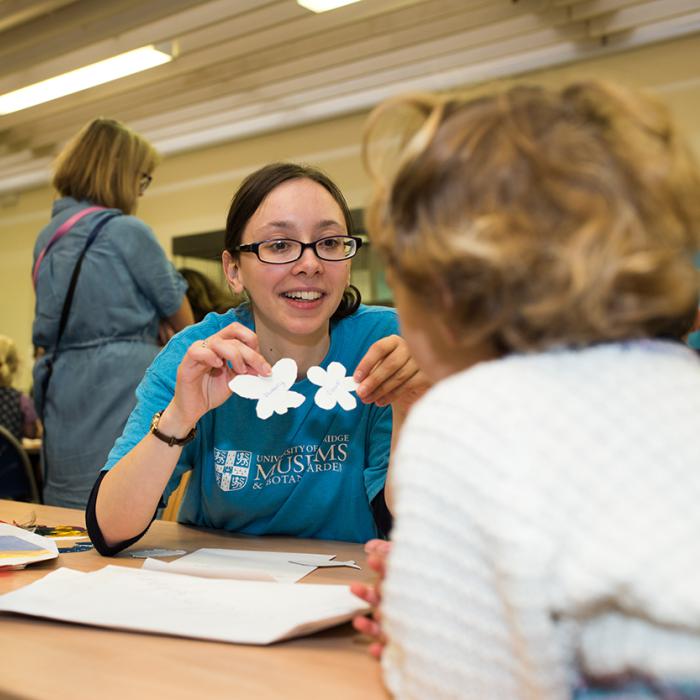Nowhere in Britain has been shaped by humans as much as Fenland.
Colour in plants is of great cultural importance, influencing many areas of human endeavour including horticulture, art, and gastronomy. Colour also plays a vital role in the biology of plants by absorbing harmful radiation from the sun, capturing light to drive photosynthesis and signalling the availability of flowers and fruit.
Gardens are by definition ‘hives’ of sexual activity from the drowsy bee drenched in pollen to the Temples of Venus that entice us into 18th century landscapes where immorality lurks in the ha-ha. This morning course will trip lightly through the biology of pistils, pastimes of pastoral poets, a plethora of amorous potions, with literary delights of sensual scents on the terrace with Mr Rochester and coy invitations to lurk in the shrubbery.
Trees have been used throughout history and up to the present day for a vast array of purposes utilising almost every part of them. Looking at twelve trees as examples, this half-day workshop will explore the lives of trees through a selection of their uses including as materials, to provide food and as sources of medicinal compounds, considering the history of and the science behind these uses. Our interactions with trees can tell us a lot about ourselves and we’ll consider some of the folklore we have attached to them and also their importance to us.
Humphry Repton (1752–1818) ambitiously styled himself Capability Brown’s successor: the century’s next great improver of landed property. Developing a new aesthetic, which he termed ‘Ornamental Gardening’, his landscapes were laced with flowers and crammed with exotic features. Immortalized in Jane Austen’s novel Mansfield Park, Repton turned his hand to everything from ghoulish garden mausoleums to George IV’s seaside palace, Brighton Pavilion.
Half remembered names from childhood lead us back into a lost garden world where Rose of Spain lay next to the Rose of the Indies, Soldiers and Sailors marched through the borders, and Melancholy Gentleman joined with Mourning Widow in the shady nooks. A Ladder to Heaven might rescue you from an Impudent Lawyer or should you put your faith in a Spangled Beau? Join us to explore the origin and identification of these traditional garden flower names and many more, as we celebrate the joy of Summer Sottekins and Steeple Bells!
Right plant, right place… we’ve all heard that before right? But what does it mean and how can we achieve it in our own gardens? Join Paul Herrington for an informal, relaxed morning session. You’ll go away with a greater understanding and appreciation of micro-climates, soil types, plant choices and planting styles. And have a clear framework how to apply all of this to your garden borders whatever their size, and wherever they may be. NB this is a core component of my longer garden design courses.
Many plant-derived compounds have been used as drugs, either in their original or semi-synthetic form, but plants also have an unexpected role to play in drug development. Despite the advances in drug discovery aided by molecular modelling, combinatorial chemistry, and other synthetic chemistry methods, natural product derived compounds are still proving to be an invaluable source of medicines for humans.
Dr Julia Mackenzie, Anglia Ruskin University - pre-recorded talk
The breeding success of blue tits and great tits has been studied for over 15 years in the Cambridge University Botanic Garden by scientists from Anglia Ruskin University. The Garden, being full of trees and plants appears to be a great place to raise a brood of chicks, but all is not as it seems. The parent birds often struggle to find the caterpillar food needed by their nestlings, lay fewer eggs and have fewer young fledge the nest when compared to their woodland counterparts.

